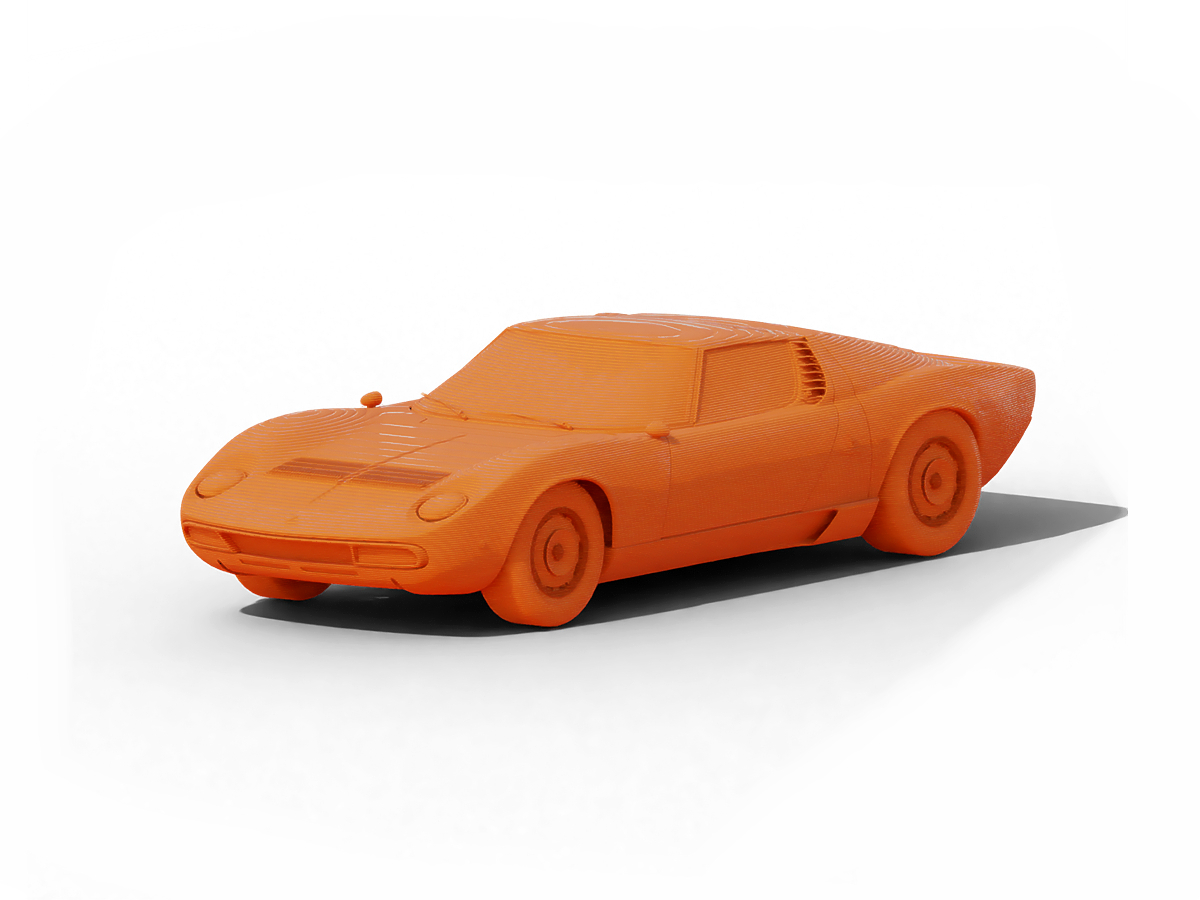High-Detail Resin 3D Printed Automotive Prototypes Improve Design Precision
Introduction
High-detail resin 3D printing is advancing automotive innovation by enabling the production of highly accurate, finely detailed prototypes that enhance design precision and development speed. Using advanced resin 3D printing technologies such as Stereolithography (SLA) and Digital Light Processing (DLP), premium resin materials like Standard Resin, Tough Resin, and High-Temperature Resin allow automotive designers to bring detailed models to life faster and with greater accuracy than ever before.
Compared to traditional machining and casting, resin 3D printing for automotive prototyping delivers ultra-fine surface finishes, micron-level tolerances, and rapid turnaround times for complex design validation.
Applicable Material Matrix
Material | Tensile Strength (MPa) | Heat Deflection Temp (°C) | Surface Quality | Toughness | Automotive Prototyping Suitability |
|---|---|---|---|---|---|
50–70 | ~50 | Excellent | Moderate | Visual and design verification models | |
55–65 | ~55 | Very Good | High | Functional fit testing parts | |
80–100 | ~200 | Very Good | Moderate | Heat-resistant component testing | |
45–55 | ~45 | Good | High | Flexible snap-fit designs | |
50–65 | ~50 | Excellent | Moderate | Light-transmissive parts (lights, lenses) |
Material Selection Guide
Standard Resin: Ideal for fast, affordable production of visually accurate prototypes such as dashboard models, trim components, and design concept parts.
Tough Resin: Provides enhanced impact resistance, perfect for functional fit, snap-fit, and assembly prototypes requiring limited mechanical stress testing.
High-Temperature Resin: Suitable for producing prototypes of parts subjected to elevated temperatures, like under-the-hood components or HVAC ducting mockups.
Durable Resin: Best for flexible parts and prototypes simulating PP-like materials, including hinge prototypes, seals, and soft-touch features.
Transparent Resin: Excellent for creating clear prototypes such as headlight covers, indicator lenses, and other visual performance parts.
Process Performance Matrix
Attribute | Resin 3D Printing Performance |
|---|---|
Dimensional Accuracy | ±0.03–0.05 mm |
Surface Roughness (As-Printed) | Ra 2–6 μm |
Layer Thickness | 25–100 μm |
Minimum Wall Thickness | 0.5–1.0 mm |
Feature Size Resolution | 100–300 μm |
Process Selection Guide
Ultra-Fine Surface Finishes: SLA and DLP processes create ultra-smooth parts that reduce or eliminate the need for heavy post-processing, ideal for presentation-ready prototypes.
Exceptional Design Validation: Tight tolerances and fine detail allow for accurate fitment studies, aerodynamic analysis models, and ergonomic evaluations.
Rapid Iteration: Designers can quickly prototype multiple variants of parts to refine form, fit, and function without waiting for traditional tooling.
Visual and Functional Testing: High-detail printed parts can be painted, sanded, assembled, or tested for early design feedback before committing to expensive molds.
Case In-Depth Analysis: SLA 3D Printed Concept Dashboard for Automotive Interior Design
An automotive OEM required a detailed dashboard prototype to validate styling, ergonomics, and component placement before final tooling investment. We produced a full-scale dashboard model using our resin 3D printing service with Standard Resin and SLA technology, achieving surface accuracy within ±0.05 mm and an ultra-smooth finish. Detailed features like vent slots, button locations, and stitching lines were captured without secondary machining. Post-processing included sanding, priming, and painting to deliver a presentation-quality model for executive review.
Industry Applications
Automotive Design and Development
Interior components such as dashboards, consoles, and panels.
Exterior design validation for mirrors, lights, and trim pieces.
Functional fitment studies for brackets, enclosures, and mechanical assemblies.
Motorsports and Specialty Vehicles
Lightweight prototype aerodynamic components.
Rapid iteration for custom performance parts.
Consumer Product and Transportation Design
Mobility device enclosures, dashboard mockups for recreational vehicles, e-bikes, and scooters.
Mainstream 3D Printing Technology Types for Automotive Prototypes
Stereolithography (SLA): Best for ultra-smooth, high-detail automotive design prototypes.
Digital Light Processing (DLP): Ideal for small, detailed automotive parts requiring excellent surface quality.
Multi Jet Fusion (MJF): Suitable for strong, functional prototypes that require durability and production-like performance.
FAQs
What resin materials are best for 3D printed automotive prototypes?
How does high-detail resin 3D printing enhance automotive design precision?
Can resin 3D printed parts be used for functional testing in automotive development?
What post-processing methods improve the finish of 3D printed automotive prototypes?
How does resin 3D printing accelerate the validation and refinement of automotive components?

